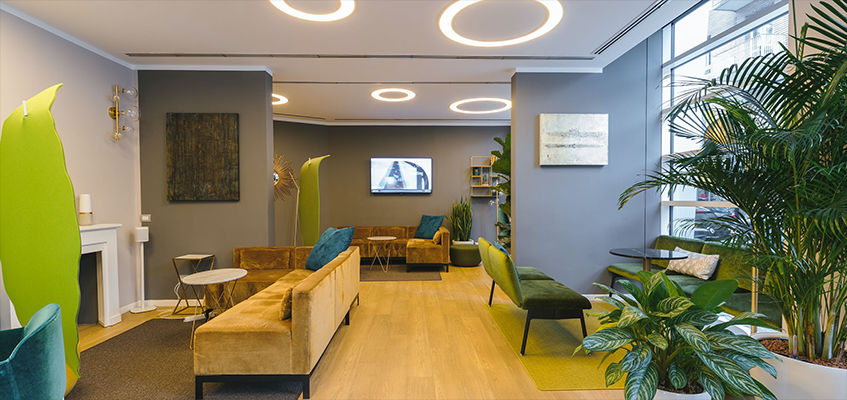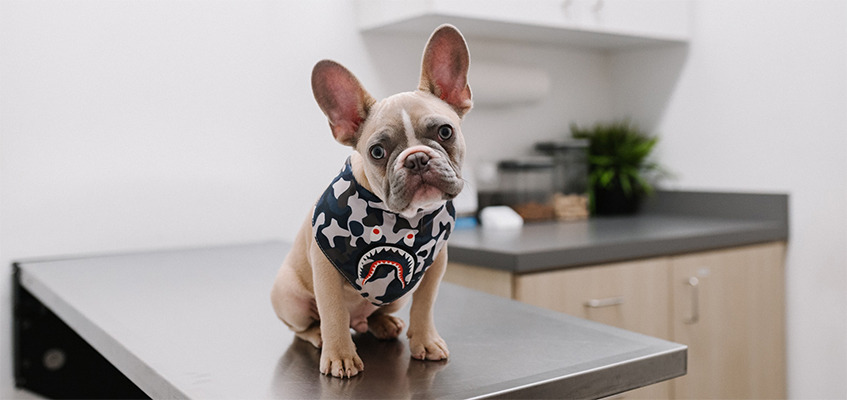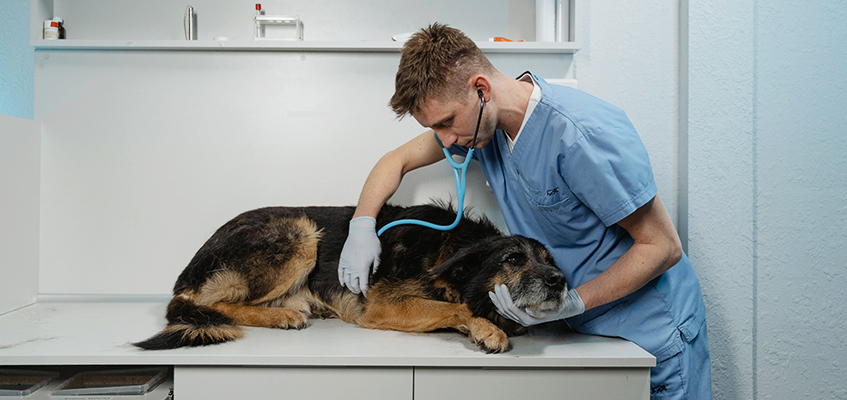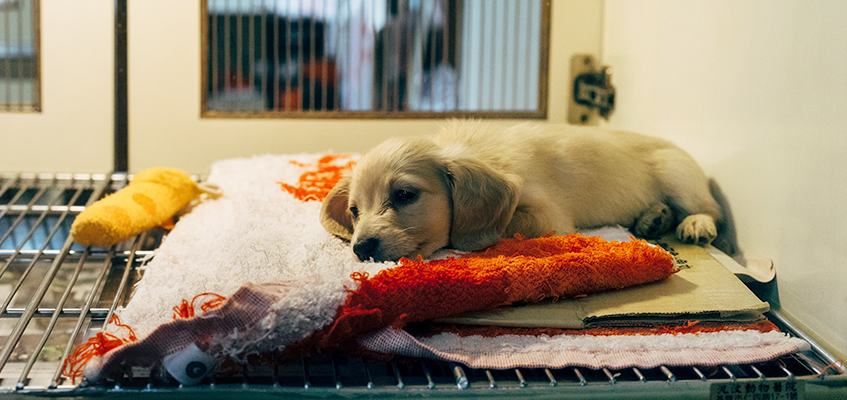September 13, 2022
What to Consider When Remodeling Your Veterinary Clinic
Taking the leap to remodel your veterinary clinic shows a dedication to your furry patients and a proactive approach worth being proud of. At the same time, it’s important to be strategic in creating your new veterinary hospital design. Keep these elements in mind as you transform your animal hospital into the calming, comfortable, clean space that all pets deserve.
1. Reception Areas

Creating a better experience for your patients and their human caregivers begins with the reception area. Consider the design of your remodeled reception area: what layout choices will be most helpful in keeping pets as calm as possible? In many cases, veterinary clinics with an open reception area can quickly fill with the sound of dogs barking at one another from across the room. Even friendly dogs can become stressed when leashed in a room with other unfamiliar dogs.
Creating a booth design or a reception area with multiple compartments and separated spaces can allow pets to feel more private and at ease. Adding partitions or half-height walls can allow for extra seating while also creating pods where pets can feel an increased sense of privacy and security. Starting the visit on the right foot can create a better puppy experience overall, while also minimizing stress for cats and other pets as well.
2. Compartmentalized Floor Plan

The fewer disruptions occur at your veterinary practice, the better. If pets have to reenter the reception area every time they change rooms or need an additional procedure, this opens the door for added stress for everyone involved. When remodeling your animal hospital, consider creating a compartmentalized floor plan where there are plenty of walls and secluded areas when moving around the practice. Some of the smartest veterinary hospital design concepts join exam rooms with a back room where procedures like blood draws can occur without having to take pets back out into a main area. This can create a more calming environment.
3. Exam Rooms

In many cases, the majority of a pet’s visit time is spent in exam rooms. This is the space in which cats are let out of carriers and dogs may be let off their leashes. While the privacy of these rooms often makes pets much more comfortable than they are in reception areas, there are still important elements to consider in order to put pets and their owners at ease.
Keeping exam rooms clean is one of the best ways to help make pets more calm and comfortable. While it’s next to impossible to eliminate all scent of past patients, having excess hair or dander left behind from previous appointments can quickly add to the stress of the pet you’re currently seeing. With this in mind, remodeling the exam rooms in your animal hospital can be done with the intention of making them easier to clean. Choosing smooth materials and avoiding irregular nooks and crannies that are hard to scrub can create a better puppy experience moving forward, on top of making your life easier.
Often, pet owners are just as nervous as their pets as they sit in the exam room awaiting the vet. While keeping the exam area clean often helps put humans at ease just as much as pets, there are additional measures to consider for your veterinary hospital design that can help keep pet owners satisfied. Pets are very attuned to the moods of their owners, and owners make the final decision when it comes to whether or not they’ll return to your practice. Incorporating a few thoughtful details in your exam rooms can help owners have a great experience at your animal hospital.
Pets may not be able to see color, but humans can, and opting for a calming color palette inside your exam rooms can help set a more positive tone for your appointment. Pastels and blues have a naturally calming effect. In addition, providing other thoughtful amenities can also help the appointment go more smoothly. These might include providing:
- A place to sit
- A hook to attach a leash
- A container of treats
- Posters or literature pertaining to pet training and care
4. Expansion

A final consideration to keep in mind as you remodel your animal hospital is whether it’s time to expand. In order to decide if this is the right step for you, consider:
- Are all of your exam rooms constantly booked up?
- Do any of your spaces feel overcrowded?
- Is there enough space to accommodate pets who need overnight care?
Answering these questions will help you decide whether you need more space in order to keep providing a high level of care for each of your furry friends. Cramped veterinary practices can pose safety concerns if pets don’t have the space to give one another a wide berth in hallways or within reception areas, making expansion a particularly important step.
Get Started Today!
Whether your veterinary hospital design just needs a few tweaks or whether you’re ready for a full overhaul and expansion, the team at DeLeers Construction is here to help! The thoughtful, high-quality design of your practice is our priority.
Message or call our commercial building experts at 920-347-5830 with any questions on veterinary clinics remodeling.



